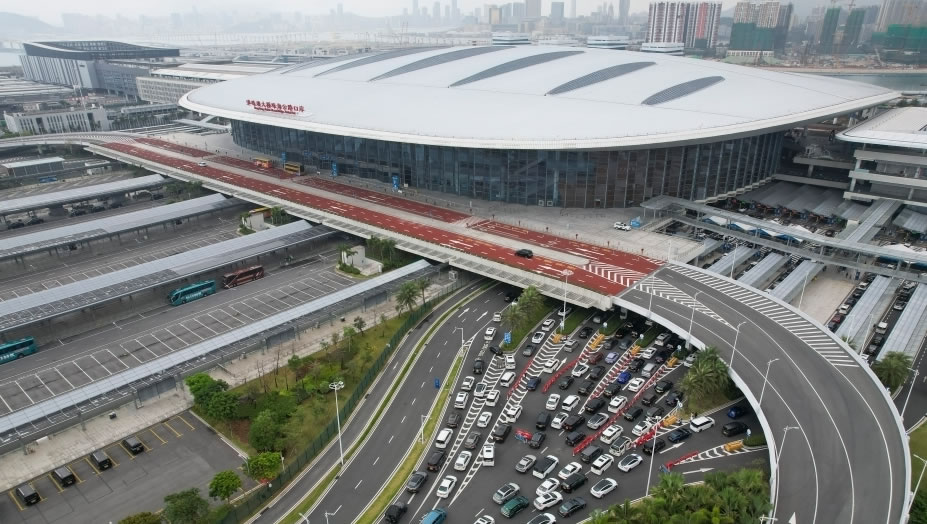Zhouzhuang It is a place that gathers the beauty of Chinese water villages.. "Small bridge, water, people" the simple customs make people enchanted, people linger. Walking in the quiet streets,…
Know anything about Chinese Zodiac? Here comes the year of snake!
The Chinese zodiac is an important part of traditional Chinese culture. Each year corresponds to one zodiac sign. The order of the Chinese zodiac is rat, ox, tiger, rabbit, dragon,…
China’s Visa-Free Transit Policy Fully Relaxed and Optimized
The National Immigration Administration (NIA) announced today that it will fully relax and optimize the visa-free transit policy, which is effective immediately. The stay duration for foreign nationals eligible for…
UNESCO Recognizes Spring Festival as Intangible Cultural Heritage
On December 4, 2024, at the 19th session of the UNESCO Intergovernmental Committee for the Safeguarding of Intangible Cultural Heritage held in Asunción, Paraguay, the Committee officially decided to include…
China Expands Visa-Free Access and Extends Stay to 30 Days

At a regular press conference on November 22, Foreign Ministry spokesperson Lin Jian announced a significant enhancement to China’s visa-free travel policy, aimed at fostering greater ease of exchange between…
China Introduces 15-Day Visa-Free Entry for Nine Countries!
In a bold move to enhance international exchanges, China has expanded its visa-free travel policy to include Slovakia, Norway, Finland, Denmark, Iceland, Andorra, Monaco, Liechtenstein, and South Korea. From November…
Guilin City Selected for the “Nature Cities” Platform
On October 27, during the sixteenth meeting of the Conference of the Parties to the United Nations Convention on Biological Diversity (COP16) held in Cali, Colombia, Guilin City was announced…
Zhuhai port of HZMB saw more than 20,000 inbound and outbound vehicles last Saturday

On a remarkable Saturday, October 5, 2024, the Zhuhai port of the iconic Hong Kong-Zhuhai-Macao Bridge (HZMB) buzzed with activity, witnessing over 20,000 vehicles traversing its expansive expanse—a new daily…
Shanxi’s Ancient Architecture Tours Are Heating Up
Foreign tourists experience the "Long Table Camellia Banquet" in Zhangbi Castle Scenic Area. Photo provided by the scenic area With the release of the domestic game "Black Myth: Wukong," the…
United Airlines Resumes Nonstop Flights Between Los Angeles and Shanghai

On August 29 Thursday, United Airlines officially reinstated its nonstop service between Los Angeles and Shanghai, marking a significant step in reconnecting the two cities. The event was celebrated with…